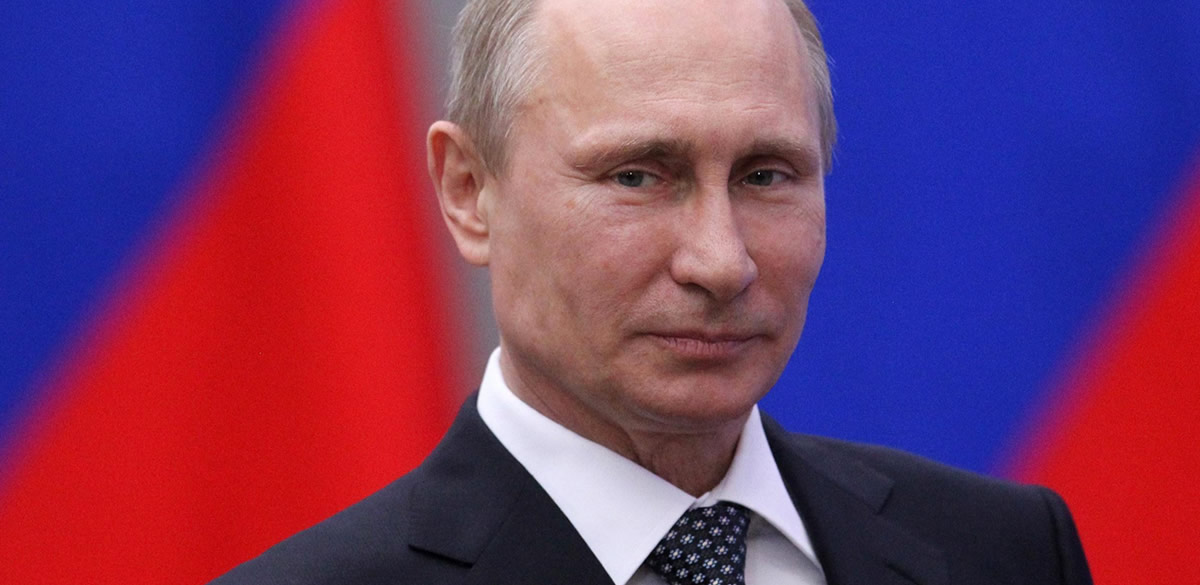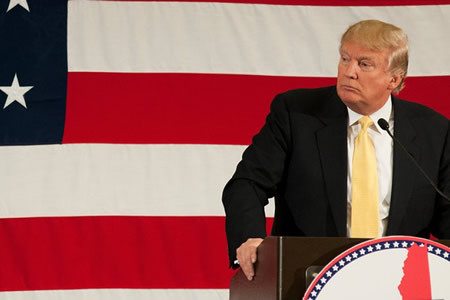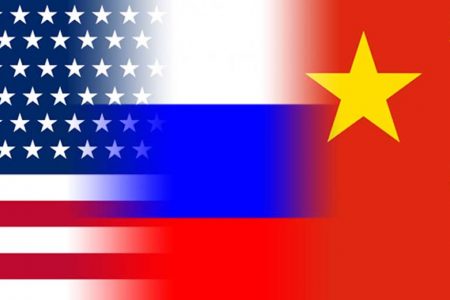During the Cold War, a surfeit of Sovietologists made good livings “analyzing” what was and was not happening in the Kremlin. So-called content analysis, that is matching statements by competing Soviet political leaders to determine power and policy shifts, was not quite the equivalent of examining chicken and other animal entrails to decipher the future. However, it was more guess work than a scientific means of analysis.
A quarter of a century after the Cold War ended, Sovietology has gone the way of many extinct species. The study of Russia and Russian politics under President Vladimir Putin has largely been left to media reporting and Moscow “spin doctors.” Indeed, after a decade and a half of war against Islamic jihadists, analytical attention still mostly resides in attempting to understand better the underpinnings of this very flawed and dangerous perversion of religion for political purposes in order to defeat it. Sadly, the major tools in this confrontation have been “kinetic,” that is using whatever force was available from F-16’s and Special Forces to drones to decapitate the leadership of this hideous movement.
As a consequence, it is only relatively recently that greater analysis of Russian intentions has reawakened following the intervention in Ukraine and the annexation of Crimea in 2014, last year’s sortie into Syria and Moscow’s increasingly harsh rhetoric of intimidation. At the NATO summits in Wales in 2014 and in Warsaw this year, the alliance took military steps to respond to Russian aggressive actions through enhancing deterrence and reassuring allies particularly on both flanks and on the eastern borders. The reality is, however, that these decisions were made less on a thorough analysis of Russian strengths, weaknesses and vulnerabilities and more on Cold War concepts of responding in kind with military solutions.
We understand these basics and little more. The Russian economy has been battered by the decline in energy prices and hindered by post-Ukraine sanctions. GDP and standards of living have shrunk dramatically. While population growth may have stabilized, President Putin promised two years ago to right the economy. He has failed so far.
Likewise, analysis of the Russian military, intelligence services and propaganda machine has been often limited to superficial discussions of so-called “hybrid warfare” that blends all elements of power to achieve policy aims. Putin’s brilliant use of very limited forces in Syria to save Bashar al Assad’s regime and relatively ancient warships of limited capability such as the mini-aircraft carrier Kuznetsov have achieved public relations results that even President-elect Donald Trump would envy.
Intimidation tactics combining the deployment of nuclear-capable cruise and ballistic missiles to the Baltics with nuclear civil defense exercises in Moscow and threatening statements to turn western countries to “ashes” are part of this propagandistic effort. And Russian defense industries are turning out very interesting weapons systems to include the Armata tank with an unmanned gun turret and the ubiquitous Kalibr cruise missile which, by the way, is far inferior to the American Tomahawk that has been in service for decades.
What is needed now is serious analytical examination of Russia from top to bottom to identify strengths, weaknesses, vulnerabilities and most importantly the knowledge and understanding on which Western policy should be based. Interestingly, much of this effort can be done through what is called “open source” and unclassified material, much of it emanating from Russia. And by using “social media,” the analytical techniques of the Cold War can be upgraded using the technologies of the 21st century.
During World War II, Bletchley Park became famous for code breaking. Today, a 21st century version is needed to do the same for Russia in a far broader context. Because President Putin has almost been promiscuous in granting access to the media through his lengthy end of year press conference and many appearances in fora such as Valdai, careful study of his views is made easier. Furthermore, during the Cold War, certain Soviet journals published previously classified information as a means of informing key audiences of the policy directions of the Soviet Union. Similar reporting is done today.
The results of these analyses should be made available in a Wikipedia-type online service in order to inform and expand public debate on Russia. What has singularly plagued the United States in the past has been the failure to understand and gain the knowledge necessary to prevail over an adversary. Vietnam and the Second Iraq War underscore the tragic consequences of, as the great Chinese General Sun Tzu warned, “not knowing the enemy.”
We cannot repeat these sins of the past.




